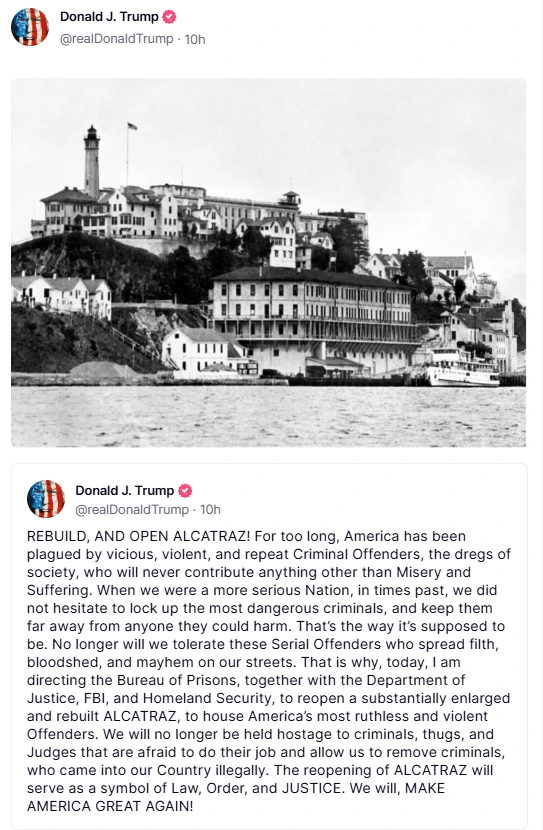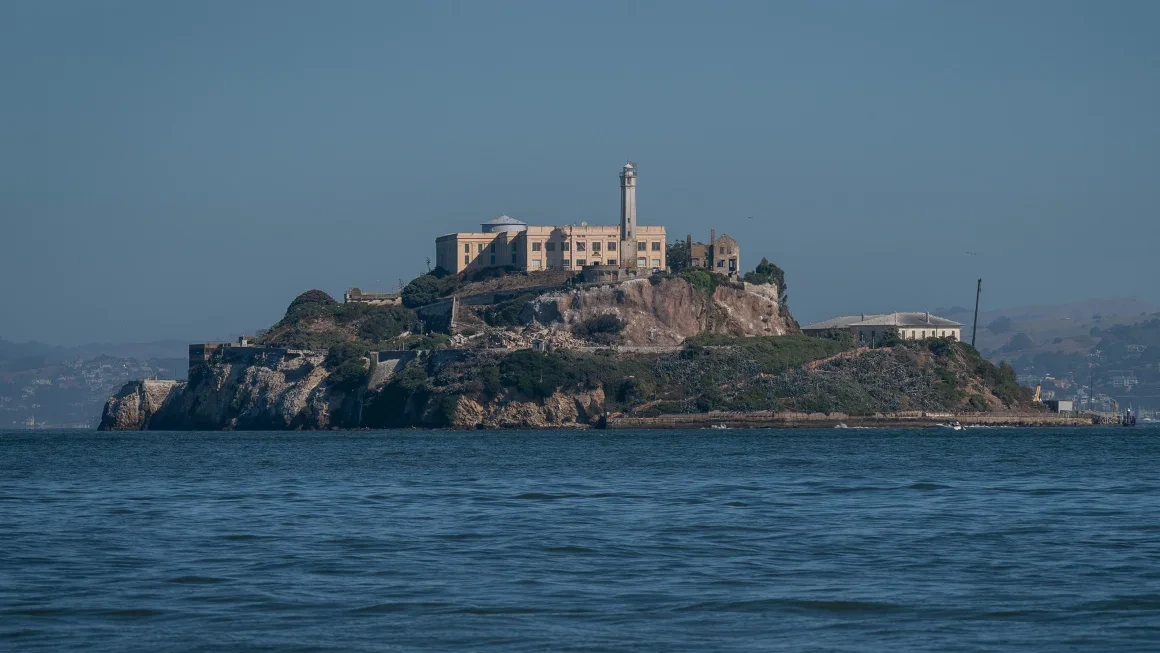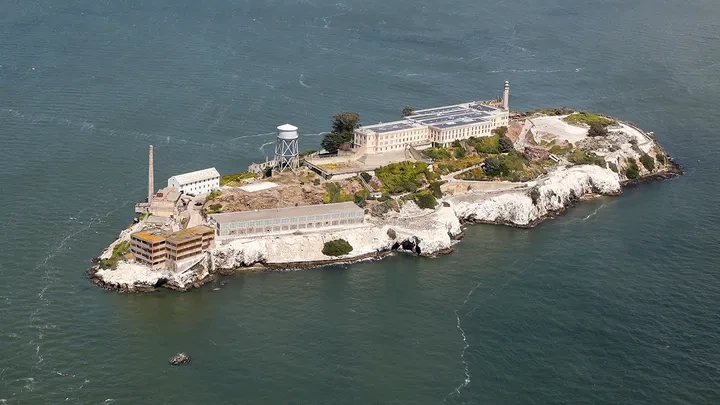In a Truth Social post and subsequent remarks to reporters, President Donald Trump ordered the Bureau of Prisons, Department of Justice, FBI and Homeland Security to spearhead an “Alcatraz reopening” that envisions a larger, modern facility on the historic 22‑acre island . Alcatraz Prison originally operated from 1934 until 1963—closing primarily because its isolated location and outdated infrastructure made it prohibitively expensive—before becoming a National Park Service site visited by over one million people annually . Critics call the proposal a political stunt, noting that “who owns Alcatraz” (the federal government, managed by the National Park Service) and that the landmark’s National Historic Landmark status could be jeopardized.

President Donald Trump reopens Alcatraz Prison
President Donald Trump on Sunday directed federal agencies to “rebuild and open Alcatraz” to house “America’s most ruthless and violent” offenders, reviving debate over the future of the famed island prison in San Francisco Bay.
Alcatraz opened in August 1934 as a maximum‑security facility intended to confine “America’s most ruthless and violent criminals,” including Al Capone and Robert Stroud, the “Birdman of Alcatraz” . The island’s remote location—1.25 miles from San Francisco—made escape nearly impossible; the most famous attempt in 1962 by Frank Morris and the Anglin brothers remains unresolved.

When Did Alcatraz Close and Why?
The federal penitentiary closed on March 21, 1963, after 29 years of operation; the Bureau of Prisons determined that it was “nearly three times more expensive to operate than any other Federal prison,” requiring $3–5 million in annual maintenance—a staggering sum at the time . Today, this history informs discussions about “why did Alcatraz close” and whether modern costs would again render it unsustainable.
Who Owns Alcatraz Today?
Since 1972, Alcatraz has been part of the Golden Gate National Recreation Area, managed by the National Park Service under the Department of the Interior . Its designation as a National Historic Landmark in 1986 protects its structures, though that status can be withdrawn if the character‑defining features are altered or destroyed.
Trump’s “TRUTH Social” Order: Rebuild and Reopen
On May 4, 2025, Trump proclaimed, “REBUILD, AND OPEN ALCATRAZ!”—framing the move as a symbolic stand against “criminals, thugs, and Judges” he accused of being “afraid to do their job” . He described Alcatraz’s legacy as a “sad symbol, but…a symbol of law and order” and asserted that the new facility would house repeat violent offenders and illegal migrants pending due‑process hearings.
Logistics of a Potential “Alcatraz Reopening”
No formal feasibility study or budget has been released. Trump’s statements suggest an expanded footprint beyond the original 22 acres, requiring tunnels or bridges to the mainland and enormous infrastructure investment . Federal agencies have not yet commented on timelines or environmental reviews that would be mandated under National Park Service regulations.
Criticism From Democrats Ensues
California leaders, including Senator Scott Wiener and former House Speaker Nancy Pelosi, dismissed the order as unserious and a “distraction” from substantive policy debates . Critics warn that reopening Alcatraz could violate preservation statutes and undermine its value as a cultural and educational site . Heritage advocates stress that the island’s tourism revenue—over 1 million annual visitors—benefits local businesses and federal coffers alike.
The Fate of Alcatraz Prison
While Trump reopen Alcatraz directive has no immediate legal force, it raises questions about long‑term federal priorities, historical preservation, and criminal justice reform. Any move to resurrect Alcatraz Prison must reconcile operational costs, environmental reviews, and stakeholder input—from the National Park Service to local communities.


